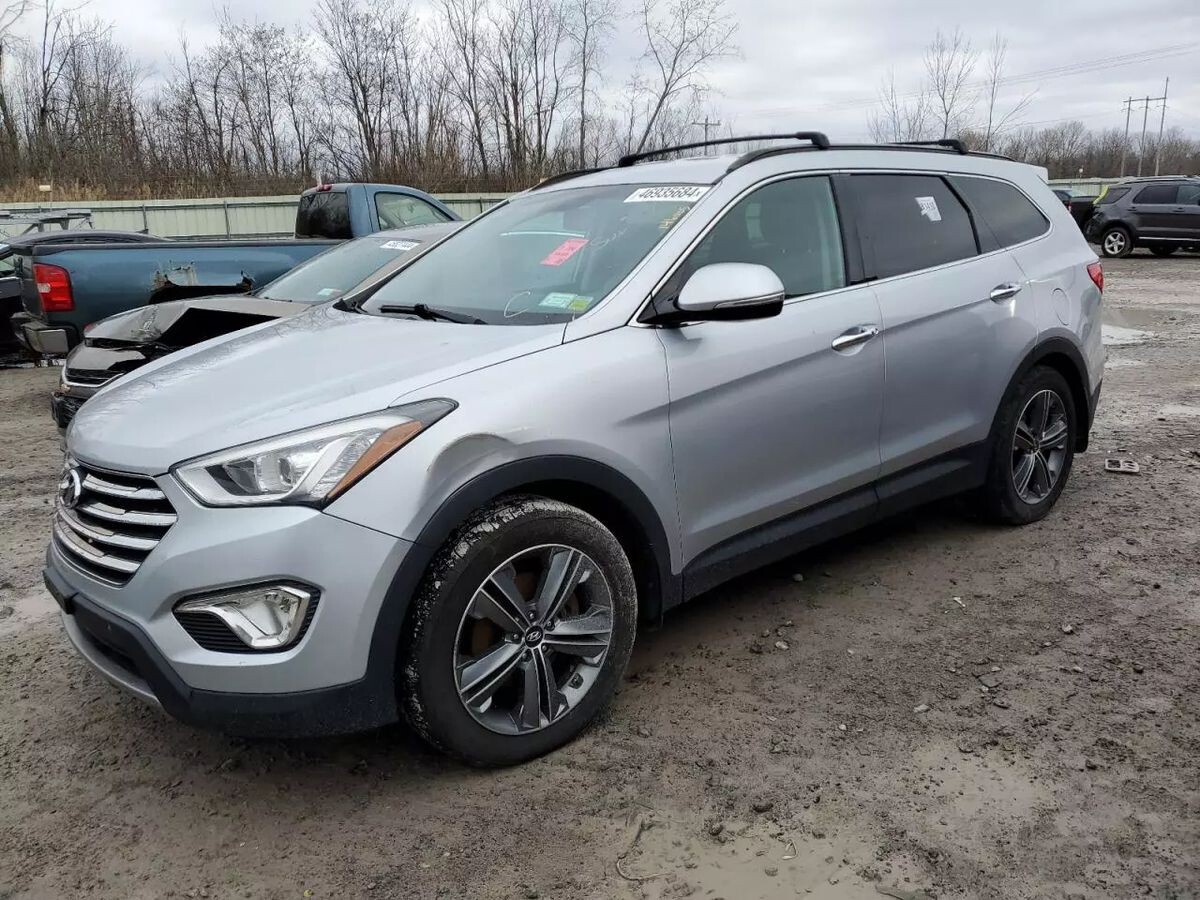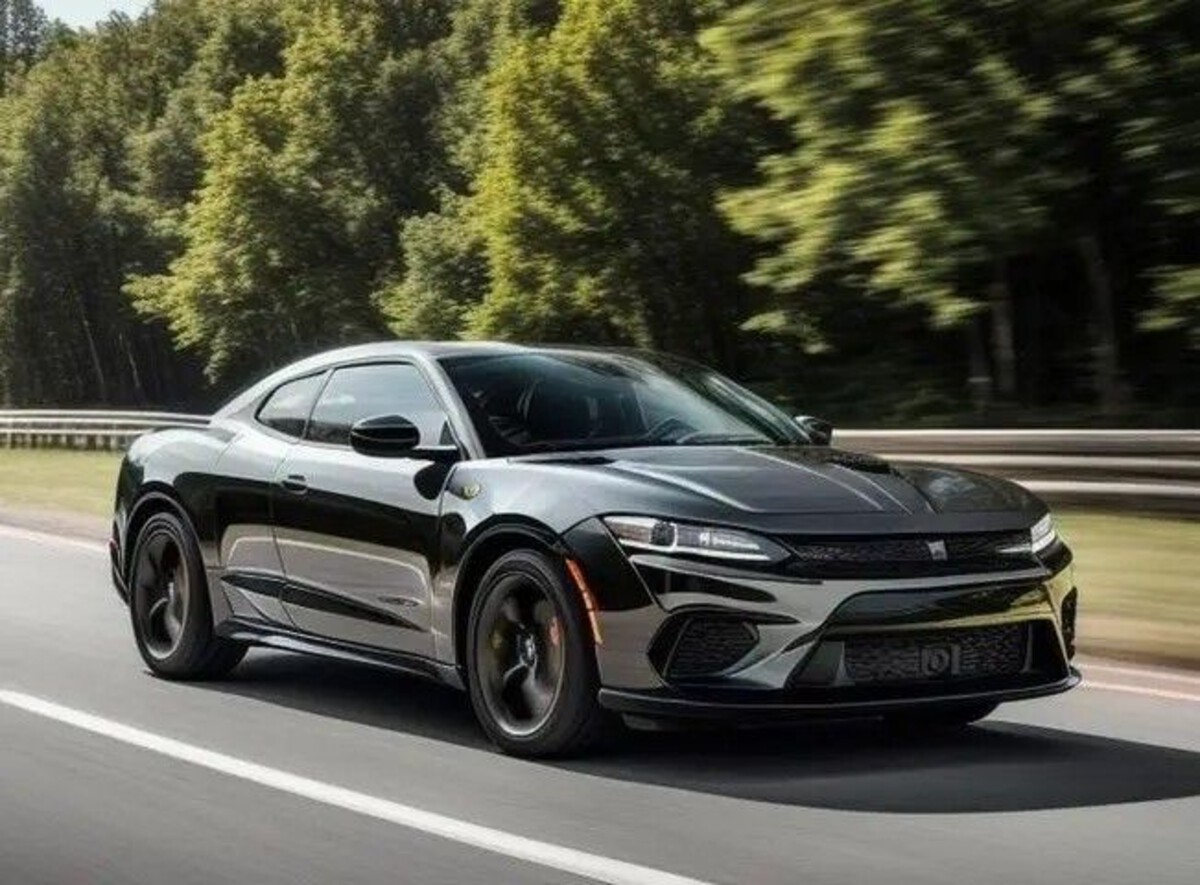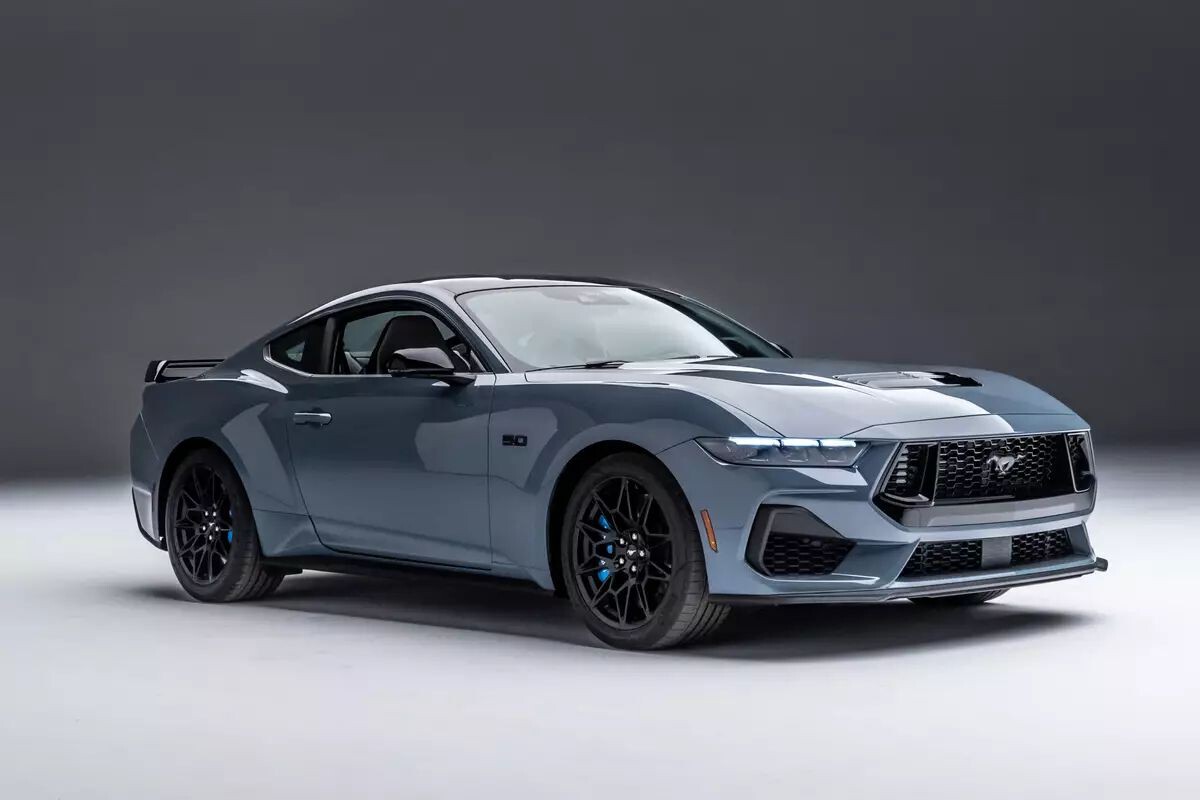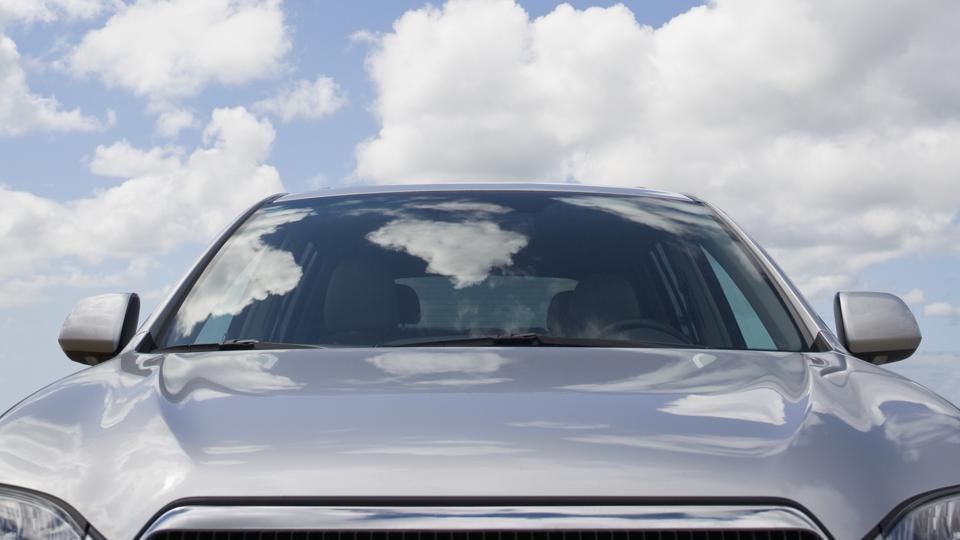Car insurance feels like a black box for most people — you pay it because you have to, not because you want to. But here’s the kicker: not all cars are treated the same when it comes to those monthly premiums.
Some vehicles are like gold mines for discounts, making insurers smile because they’re low-risk. Others? They’re a ticking time bomb for payouts, so you end up paying through the nose every year.
You might think, “It’s just a car — why would it matter?” Oh, it matters. Everything from the car’s safety rating to how often it gets stolen, to repair costs, directly hits your wallet. That’s why knowing which cars save you money and which ones bleed you dry is key.
In this article, we’re diving into five vehicles that typically qualify for insurance discounts — because they’re safer, cheaper to fix, or just less of a hassle to insure — and five cars that hit you with rising insurance costs every year, often because they’re expensive to repair, attract theft, or sit in a high-risk category.
So, buckle up. By the end of this, you’ll know which rides are insurance-friendly — and which ones will have you questioning your life choices every time the renewal notice hits your inbox.
ALSO READ: 6 Crossovers Where Rear Cargo Lid Hits Tall Drivers
5 Vehicles That Qualify for Insurance Discounts
These cars are insurer favorites: they rank high on safety tests, have a low theft rate, and don’t break the bank when repairs are needed. We’re talking about vehicles that scream “responsible driver.” Think family sedans, certain SUVs, and some smart picks in the hybrid category.
1. Subaru Outback
The Subaru Outback is a dream for insurers. Why? First, it’s got top-tier safety ratings — we’re talking five stars across the board from the National Highway Traffic Safety Administration (NHTSA) and the Insurance Institute for Highway Safety (IIHS). This thing is practically wrapped in bubble wrap, safety-wise.

Plus, Subaru drivers tend to have a reputation for being cautious, which weirdly helps your risk profile when insurers calculate premiums. Throw in the fact that Subarus aren’t hot targets for car thieves (no offense, Subaru lovers), and you’ve got a car that’s just cheaper to insure.
Another bonus? Repair costs on the Outback are relatively reasonable, thanks to common parts and widespread availability of service centers. Even for the all-wheel-drive system, mechanics don’t consider it a luxury headache. All these factors combine to make the Outback one of the best bets if you want an insurance discount year after year.
2. Honda CR-V
If you’re looking for a reliable SUV that won’t kill you on insurance, the Honda CR-V is where it’s at. Insurers love it because it’s got a solid crash test record, advanced safety features like lane-keeping assist, and — let’s be real — it’s mostly driven by families and commuters, not speed demons.

The CR-V’s popularity also means lower repair costs; parts are everywhere, and mechanics know the model inside out. That makes the insurer’s job easier, knowing they won’t be footing the bill for rare parts or specialist labor.
Also, it’s not on the “most stolen” list, which is a big plus. Insurers keep close tabs on theft data, and high-theft models always get hit with premium hikes. The CR-V stays under the radar here, which keeps your costs low.
Bottom line: if you want something practical, efficient, and cheap to insure, the Honda CR-V nails it. It’s a smart pick for anyone trying to cut down on monthly insurance expenses without sacrificing comfort or capability.
3. Toyota Camry
The Toyota Camry has been a legend of affordability for decades, and that extends to its insurance profile. Why do insurers give it a break? Simple: it’s reliable, packed with standard safety tech, and doesn’t show up much in high-accident or theft claims.

The Camry’s driver demographic also works in your favor. It’s often owned by middle-aged drivers, families, or commuters — a far cry from the teenage speedster crowd. Fewer risky drivers = fewer claims = lower premiums.
Plus, Toyota has a reputation for making cars that don’t break down often, and when they do, the repairs aren’t outrageous. This reduces the expected payout for insurers, so they’re happy to pass along some savings to you.
Another subtle factor? The Camry is often rated highly for passenger protection, which lowers the chances of expensive injury claims after an accident. When insurers crunch their numbers, the Camry keeps coming out ahead, making it one of the top picks if you’re hunting for insurance discounts.
4. Mazda CX-5
The Mazda CX-5 is one of those cars that flies under the radar but gets insurers nodding in approval. Why? It’s a small SUV loaded with standard safety tech — things like automatic emergency braking, blind-spot monitoring, and rear cross-traffic alert, even on the base trims.

Insurers also like that Mazda drivers tend to be practical, not flashy. The CX-5 has a sporty look, sure, but it’s not the kind of car you buy if you’re looking to race or show off. This keeps its claim history lower than some more aggressive models in the same size class.
The repair costs for the CX-5 are also modest compared to premium SUVs, which helps keep payouts under control. It doesn’t hurt that it consistently scores high on customer satisfaction and reliability ratings — fewer breakdowns mean fewer claims, period.
All these details add up: when insurers assess the CX-5, they see a low-risk, well-equipped vehicle that’s less likely to cost them money, making it one of the easiest cars to insure at a discount.
5. Hyundai Santa Fe
The Hyundai Santa Fe hits the insurance jackpot because it balances affordability, safety, and reliability. This mid-size SUV gets strong marks from the IIHS and NHTSA and comes with loads of standard safety features. Things like forward collision warning, lane departure warning, and adaptive cruise control all help lower the risk of accidents.

Insurers also look at repair affordability, and Hyundai shines here. Parts are widely available, and maintenance doesn’t cost an arm and a leg. That’s critical when insurers calculate the average cost per claim.
On top of that, the Santa Fe’s theft rates are low — it’s just not on the radar for most car thieves. And because it’s popular with families and commuters, it benefits from a calmer driver profile, which insurers love.
In short, the Santa Fe is a textbook example of an insurance-friendly vehicle. You get solid coverage at a lower price simply because the car itself ticks all the right boxes, from safety to repair costs.
ALSO READ: 5 Cars with Bulletproof Electronic Systems and 5 That Short Out Easily
5 Vehicles That Cost More Each Year
These cars make insurers sweat. They’re either magnets for theft, nightmares to repair, or linked to drivers who love to push limits. Owning one might feel cool, but your insurance bill will remind you every year that the fun comes at a steep price.
1. Dodge Charger
The Dodge Charger looks tough, and insurers see it as just that: a high-risk muscle car. It’s fast, powerful, and often ends up in the hands of drivers who like to test its limits. Naturally, that means a higher chance of accidents, speeding tickets, and insurance claims.

Beyond driver behavior, Chargers are popular targets for theft. In fact, some years, they rank near the top of “most stolen vehicles” lists across the U.S. That alone is enough to push up premiums because insurers have to factor in replacement costs.
And let’s not forget the repair side: high-performance vehicles like the Charger come with specialized parts and pricier fixes, especially if you’re dealing with performance trims like the Hellcat.
Long story short: if you’re behind the wheel of a Charger, brace yourself for rising insurance rates year after year. That thrill at the red light? It comes with a financial hangover.
2. BMW 3 Series
The BMW 3 Series is sleek, fun, and screams luxury, but luxury always carries a price. Insurers know that any accident involving a BMW means expensive repairs. We’re talking pricey parts, specialized labor, and higher-than-average body shop costs, even for minor fender-benders.

On top of that, BMWs attract a certain riskier driver profile: younger, more aggressive drivers who push the car’s performance, leading to a higher chance of claims. Even if you’re the world’s most careful driver, you’re paying for the behavior of the broader group.
Theft rates are another headache. Luxury vehicles like the 3 Series are hot targets for car thieves, particularly in urban areas. Insurers know this and price it into your policy.
Bottom line: owning a BMW 3 Series means you’re signing up for rising insurance costs — partly because of the car itself, and partly because of who’s usually driving it.
3. Ford Mustang
The Ford Mustang has been an American icon for decades, but insurers don’t care about nostalgia — they care about risk. And Mustangs carry a lot of it. They’re powerful, sporty, and often associated with younger drivers who like to push boundaries, making them a magnet for speeding tickets and accident claims.

Mustangs also rank higher on theft lists, especially older models. Thieves love them because they’re recognizable, easy to strip for parts, and always in demand among car enthusiasts.
Even routine repairs on a Mustang can cost more than you’d expect. Performance models come with specialized components, and bodywork on those sleek panels? Not cheap.
So yeah, owning a Mustang may be a blast, but don’t be surprised when your insurance renewal keeps creeping up year after year. That adrenaline rush on the highway comes bundled with a hefty insurance premium.
4. Tesla Model S
Tesla’s Model S might be the poster child for cutting-edge EV tech, but it’s a nightmare for insurers. Why? First, repairs. Tesla parts are expensive, labor requires specialized technicians, and even minor bodywork can cost a small fortune.

Second, the Model S is a luxury vehicle, and insurers treat it accordingly. Replacement value is sky-high, so even a single claim can hit the insurer hard, which they offset by charging you more upfront.
Another sneaky factor? While Tesla drivers aren’t necessarily reckless, the car’s sheer speed and performance capabilities can lead to high-severity accidents, especially when drivers overestimate their autopilot or self-driving features.
Bottom line: owning a Tesla Model S isn’t just an EV flex—it’s a commitment to paying some of the steepest insurance rates in the market, with costs that climb as the car ages and repair costs rise.
5. Jeep Wrangler
The Jeep Wrangler is rugged, fun, and built for adventure, but adventure doesn’t come cheap when it comes to insurance. Off-roading capability often means higher rates because insurers factor in the extra wear and tear and the likelihood of off-road accidents.
Wranglers also have a higher theft rate than you might expect, especially for older models. Their parts are valuable, and they’re relatively easy to dismantle, making them appealing to thieves.

On top of that, Wranglers aren’t exactly known for their smooth crash test performance. Their boxy build and high center of gravity can lead to more severe rollover accidents, which drive up claims costs.
All of this adds up to a vehicle that’s more expensive to insure — and the longer you own it, the more you’re likely to pay as parts age and repairs get pricier. Owning a Wrangler is a lifestyle choice, sure, but it’s one that comes with a financial punch when it’s time to renew your policy.
Look, car insurance isn’t just about the driver — it’s about the car. You can be the safest, most careful person on the road, but if your car screams “expensive risk” to an insurer, your wallet’s going to feel it.
On the flip side, choosing a vehicle known for safety, reliability, and low repair costs can save you hundreds, sometimes thousands, over the years. Cars like the Subaru Outback, Honda CR-V, or Toyota Camry aren’t just great because they’re reliable — they’re financially smart picks.
Meanwhile, if you’re chasing speed, luxury, or off-road fun, get ready to pay for the privilege. Dodge Chargers, BMW 3 Series, and Jeep Wranglers are all cool rides, but insurers see them as ticking time bombs. The result? Rising premiums, year after year.
So here’s the big takeaway: if you’re shopping for a car, think beyond the sticker price. Consider what it’s going to cost you long-term — including insurance. Because at the end of the day, the car you drive doesn’t just say something about your style; it hits your bank account every month, whether you realize it or not. Choose wisely, cutiee.

